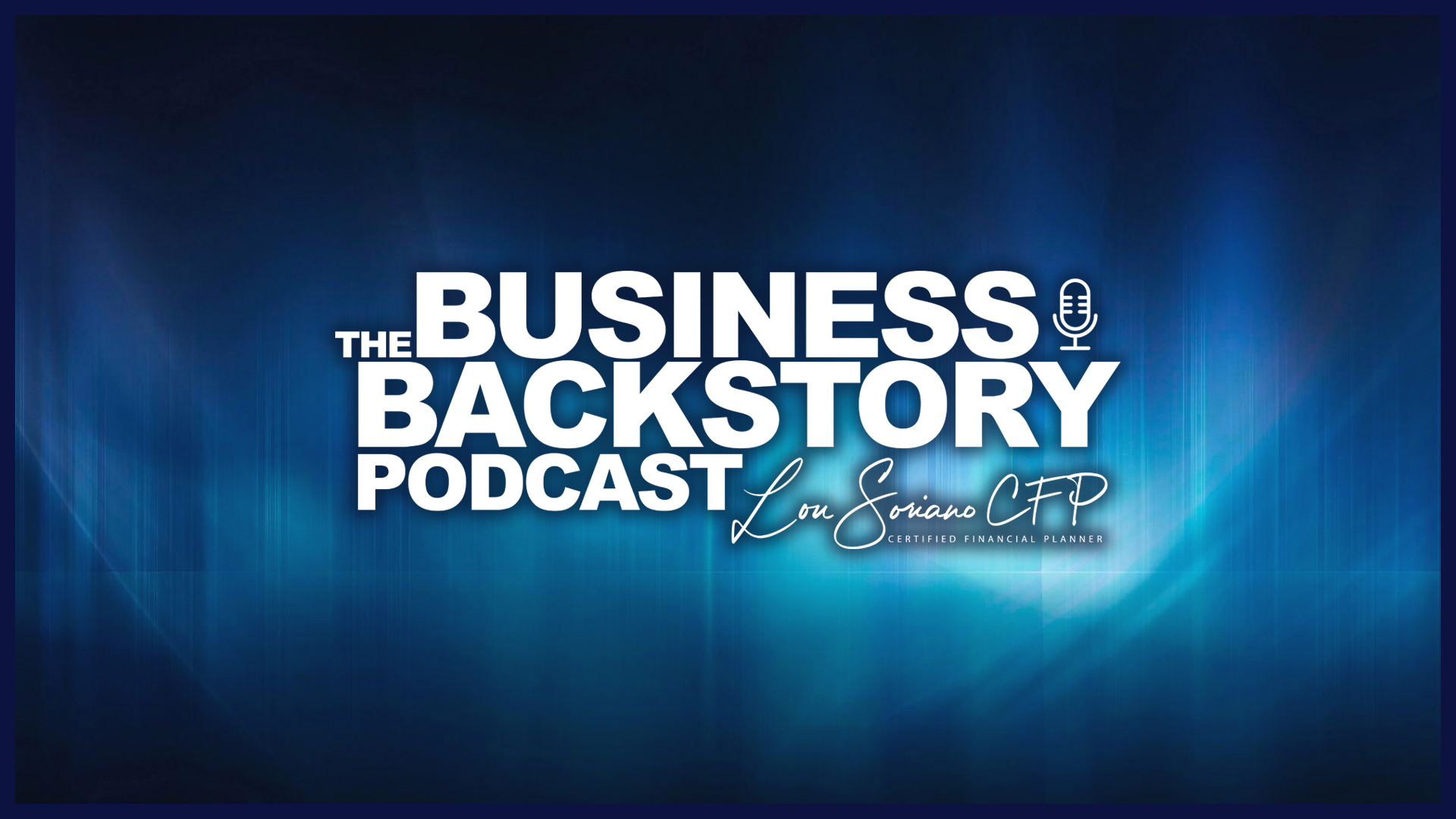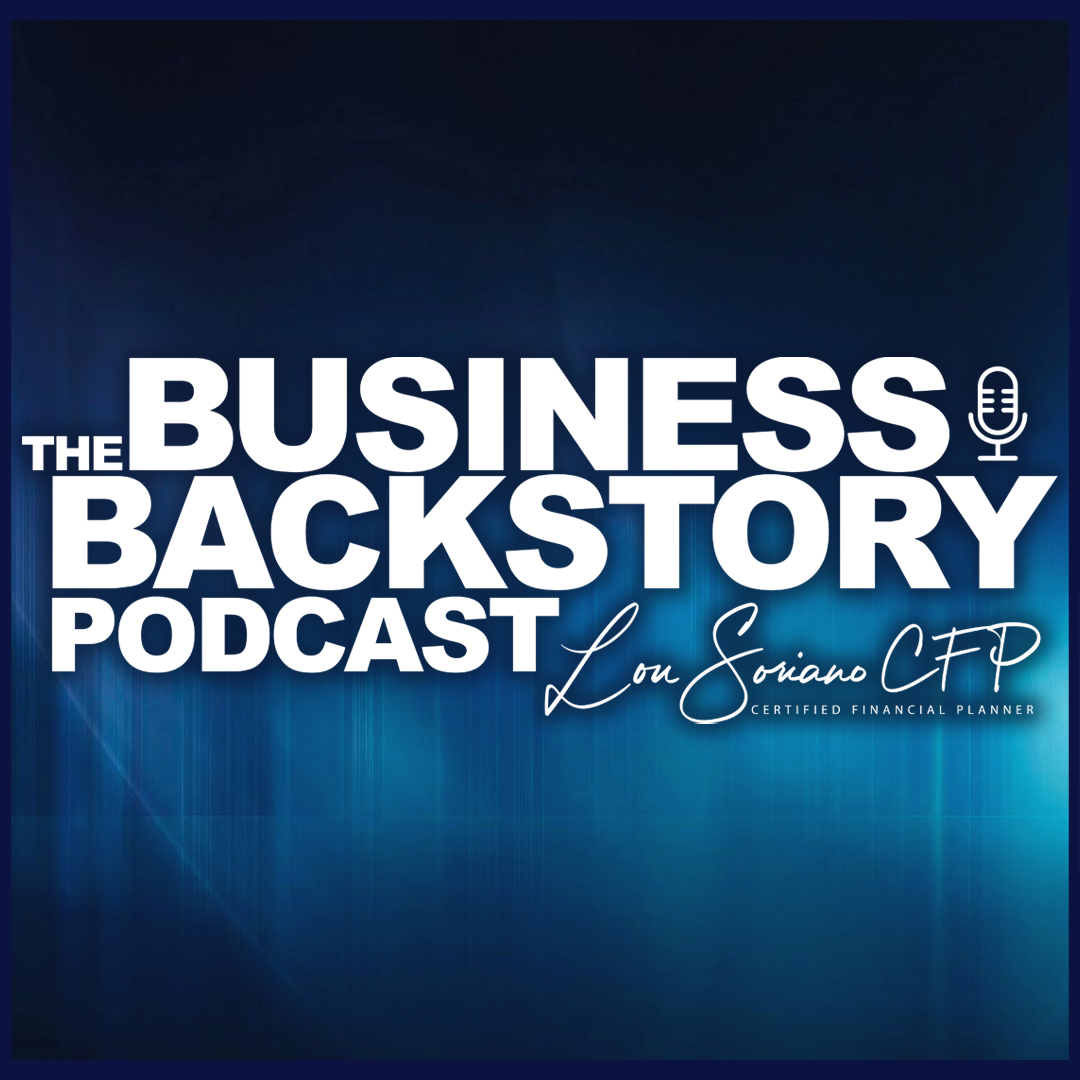
October 2020
3 Min Read
Are you Getting the Most Out of Your Software Solutions?
2020 is turning out to be a truly historical year. The largest impact obviously coming from the COVID-19 virus. This microscopic virus strain has managed to impact every single person on the planet and has wreaked havoc on many small businesses, even to the point of them unfortunately closing down. Tasks as simple as scheduling a quick meeting at the local coffee shop with a new or existing customer have now been deemed questionable business practices. Instead we now have to schedule virtual meetings with our customers and have most, or all, of our workforce work remotely. This is one of those few times in history where technologies are in the forefront of many business decisions.
Too many small businesses were caught off guard when the pandemic hit and were not capable of insuring secure access to their internal infrastructure or even capable of creating and inviting guests to a virtual meeting. Terms such as “Zoom Meeting” or “GoTo Meeting” which were previously reserved only to those companies who were doing business globally or at least “long distance” are now common terms in every business environment. These struggles have forced many businesses to evaluate their current technology stack and determine if they need to purchase new software solutions that would allow them to continue to operate in this chaotic environment.
Unfortunately, many businesses did not take the time to evaluate their current technology stack and simply threw money at the problem and purchased additional software which often comes at an extremely large price tag. Sometimes even purchasing software that they did not even need to purchase. Over the past few months, I have had many conversations with business owners who unknowingly purchased software that they did not need to purchase. They did so because they did not fully understand the software that they already own and are using.
In these days of SAAS (Software as A Service) or CLOUD based software solutions it has become increasingly easy to purchase a software solution and, in a matter of minutes, have it fully operational. Often without having to install any files onto a local computer or laptop. The ability to purchase and configure software online has resulted in many businesses purchasing multiple software solutions that have the same functionality thus reducing the ROI (Return on Investment) for the duplicate functionality. They simply do not ask the basic question of “Do we really need this?” or “Do we already have something that we can use to solve this problem”? Cloud based solutions have made it too simple for a company to quickly purchase software before understanding if they really need it.
How many of you reading this article today have more than one streaming music or movie service on your smart phone or smart TV? Of those services, how many of them have the same movies, series, and music streaming within them? How many of those services are you actually paying for and have not used in a few weeks or even months? This is exactly what happens to a business when it has the ability to quickly purchase and download software without any type of internal process for software evaluation. How can you effectively determine if you are getting the most out of your software solutions?
Recently I was speaking to a client about improving their business processes and reducing their overall costs. In an attempt to better understand the company’s technology stack, I asked the client what software solutions are they currently using in their day to day business processes? The client responded, “We use Outlook for our emails, Excel in our finance department and Word for most of our documents.” “Oh, so you have an Office 365 subscription” I asked. She paused for a little and said, “I’m not really sure?” After a few minutes of investigation, my “Hunch” was correct. She did in fact have an Office 365 For Business subscription. Based on her acknowledgement I immediately knew that I could help her and asked her to setup a virtual meeting for us to discuss the next steps. She immediately said “Sure, I will send you a Zoom calendar invite”. “Zoom? Why do you have Zoom?” I asked. “Well, when COVID hit we needed a way to meet virtually with our clients, so I purchased a Zoom license”. “What about Teams?” I asked. “Why would you not use Teams for your virtual meetings?”. Her response shocked me. “What is Teams?” As I continued to question my client on her other software solutions, she mentioned that they also use “DropBox” to store all of their documents. Proudly she said, “We needed a secure way to store and share our documents in the cloud as they are too important to lose, and my previous tech guy recommended DropBox”. As I heard those words I cringed and was truly hesitant to inform her that again she already had a tool in her O365 subscription that could solve her document management requirements.
This was not the first time I had to inform a client that they already had a solution in their O365 subscription that could satisfy one or more of their business needs. O365 is possibly one of the most overlooked platforms in business today. So many businesses, small and large, have a subscription and have no idea that they are using only a portion of the full platform. Most businesses simply use the well-known products like Outlook, Excel, Word, and PowerPoint. They are not aware that these tools are designed to also integrate with each other as well as an entire suite of other tools that could help them manage their documentation as well as help them automate and monitor their internal business processes. In my next article I will discuss a few of these tools to shed some light on their possible use in your business and help you get the most out of your Office 365 subscription.



















































